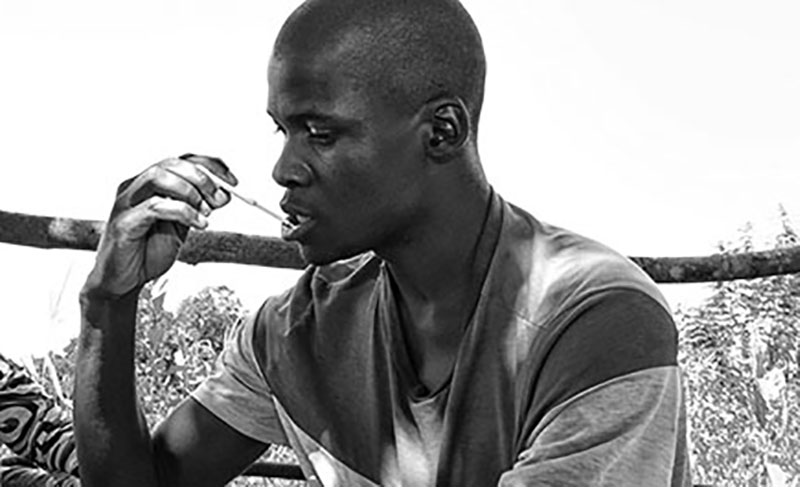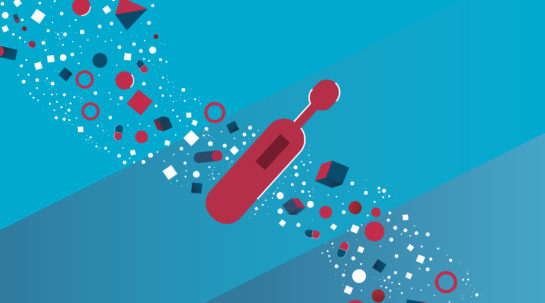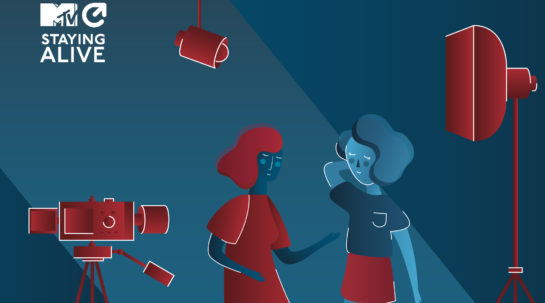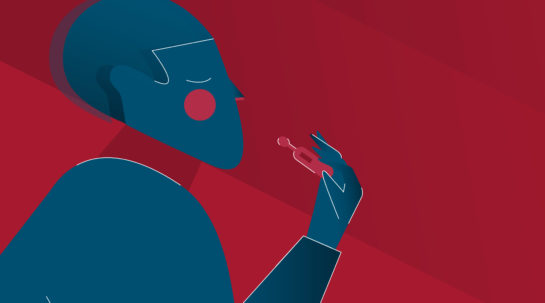What is HIV self-testing?
Helping people learn their HIV status is one of the pillars in a global plan to end the HIV/AIDS epidemic by 2030. HIV self-tests can be taken at home, are easy to use and give testers a prompt result from an oral swab or small blood sample. In 2015, the Unitaid-funded Self-Testing Africa Initiative (STAR) began the largest evaluation of HIV self-testing, implemented by Population Services International. By November 2018, STAR had distributed 2.3 million HIV self-test kits in Africa. As a result, HIV self-testing coverage has increased, and the method is reaching new testers, some of whom would have been unlikely to seek testing at a clinic because of the social stigma associated with HIV in their communities. Other Unitaid initiatives to support self-testing include the ATLAS project, which aims to distribute half a million test kits and stimulate investment in West Africa, and the MTV Shuga project, a multimedia campaign to promote sexual health among young people.
By the numbers
-
59
The number of countries that had adopted self-testing policies as of 2018
-
16.4 million
The number of self-test kits forecast to be procured globally in 2020
-
1 million
The number of self-test kits procured globally in 2017
Why is Unitaid investing in HIV self-testing?
An estimated one-quarter of people living with HIV don’t know they have been infected. An accurate diagnosis is the first step to staying healthy. When a person learns his or her HIV status, they can take measures to start antiretroviral treatment to suppress the virus, or seek out the right prevention. Self-testing is proving effective at reaching high-risk groups, and aims to push up the percentage of those who know their status, in line with international targets.
Where is Unitaid supporting self-testing?
Côte d’Ivoire, Eswatini, Lesotho, Malawi, Mail, Senegal, South Africa, Zambia, Zimbabwe

Image: Eric Gauss / Unitaid



